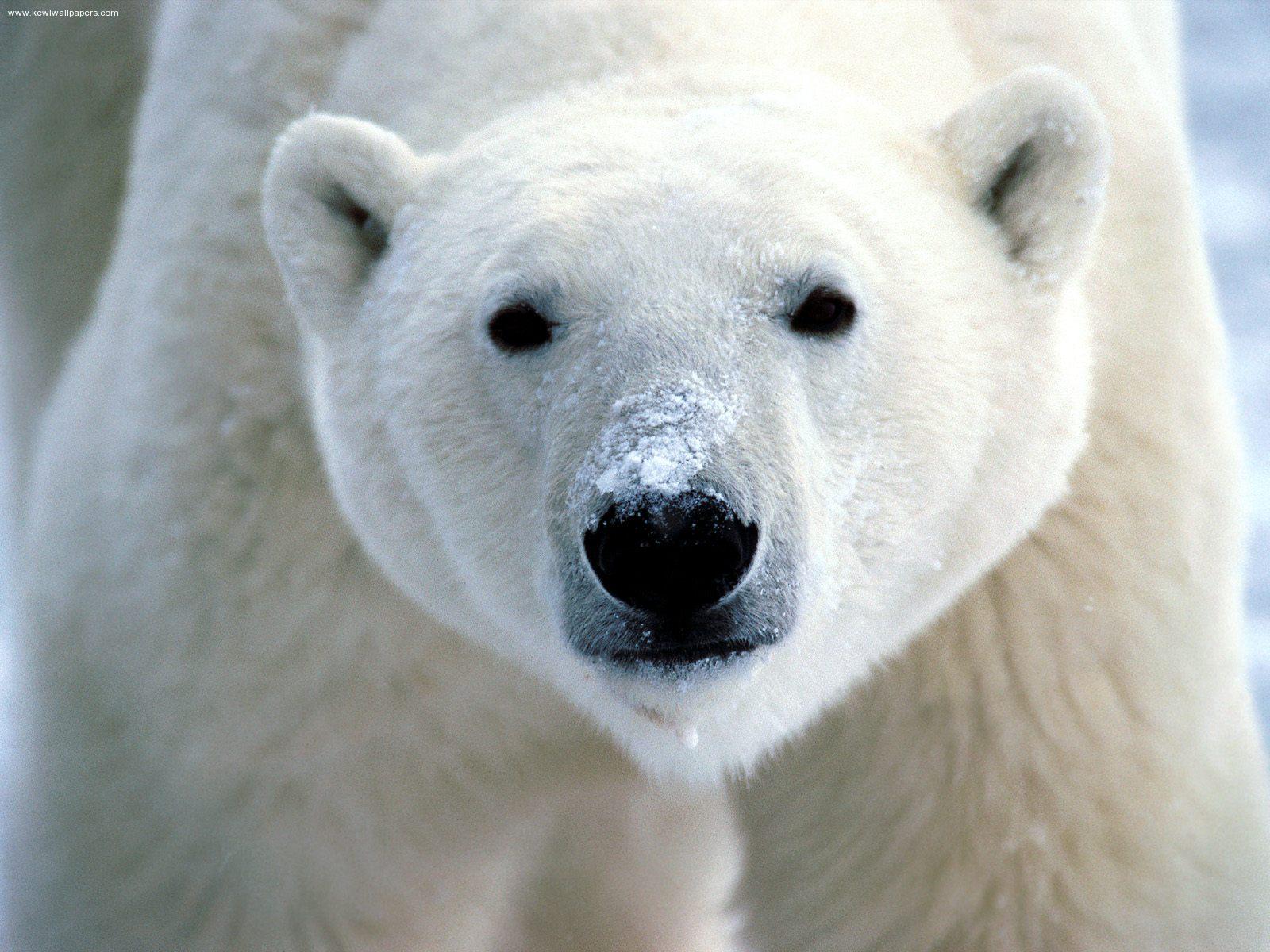Could a Polar Bear Survive in the Sahara?
LIFE SCIENCES
Get curious
5 min
Video/ Slide show (5 min)
You will watch a film about the kangaroo rat, which has adapted perfectly to living in the desert.
Let’s talk: What characteristics of this animal enable it to survive without water and in very high temperatures?
3 min
Video/ Slide show (3 min)
Watch how a red fox pinpoints the position of mice buried deep beneath the snow!
2 min
Video/ Slide show (2 min)
Watch how a beluga whale has adapted to the sea ice in which it lives.
2 min
Video/ Slide show (2 min)
Watch how polar bears cope in the frozen climate of the Arctic Circle.
8 min
Discussion (8 min)
Discuss the following topic: could a polar bear survive in the Sahara Desert?
In pairs, the students discuss and seek arguments for whether a polar bear could survive in a desert. What is their opinion? They can write down their arguments. The class will then discuss the question together.
Get going
25 min
Observing (25 min)
Go for a walk in a meadow, a park or a forest and find or observe the animals that live there. Analyze those characteristics that help them adapt to their environment.
The students catch invertebrates (e.g. spiders, snails, insects and earthworms) which they should let go afterwards as well as observe vertebrates.
5 min
Conclusions (5 min)
Present the results of your observations, discuss them with everyone and draw conclusions.
Each group presents the results of their work.
Get practicing
Writing
The students write a one-minute essay on the following subject: Can a living creature exist, which doesn’t have any adaptations?
You will download zip file now.
Make sure that you have an application that opens zip files.
If not, download single materials directly from the lesson plan.
Download zip files
Download single materials

